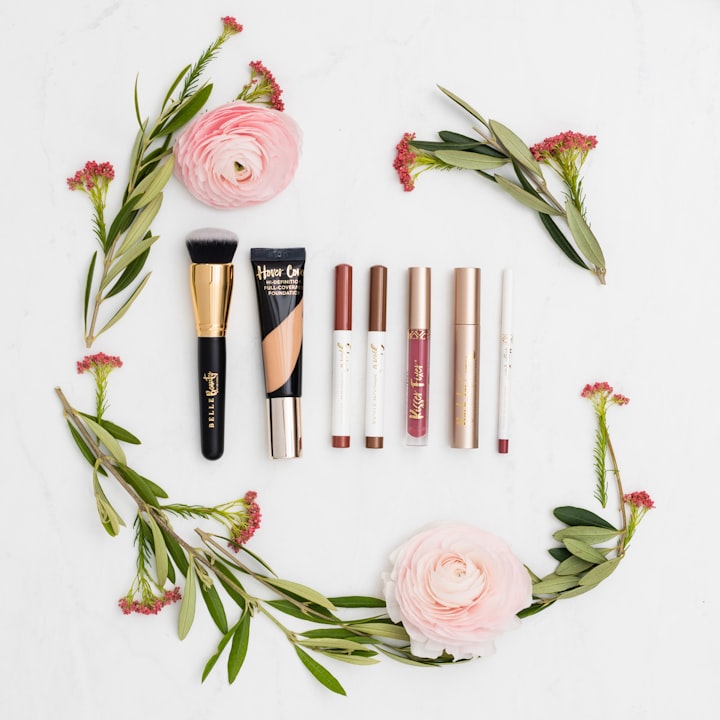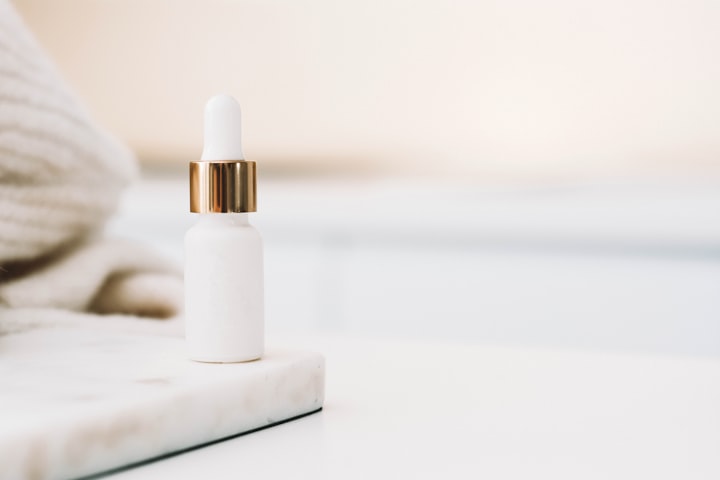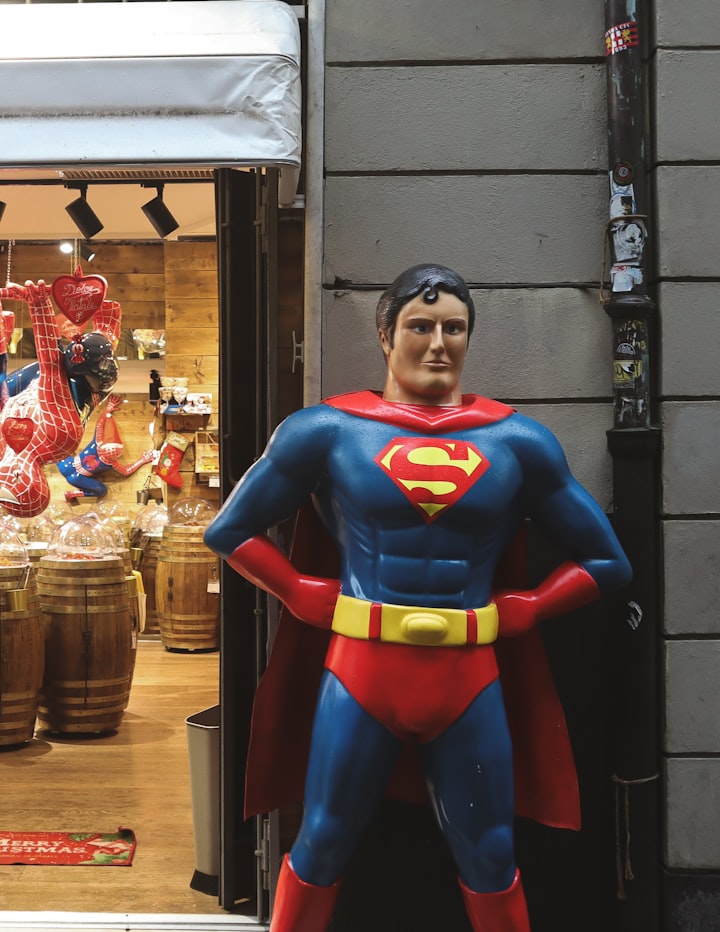
From the beginning of humankind, cosmetics have been widely used for many purposes. From a sociological perspective, cosmetic use reveals deep symbolism and external manipulation issues.
Throughout this piece, I refer to multiple scholarly references by using number coding. You can also access the references at the end of the article for detailed references. I also employ various sociological concepts and theories that will deepen our perspective on this issue.
The History of Cosmetics
Archeological studies of early human art have revealed that cosmetics and beautification have been practiced as early as prehistoric times.
According to the Unknown Country website (2012), Scientists now have evidence that Neanderthals wore body paint 50,000 years ago.
In addition, Lambert (2012) points out that ‘some iron age bodies found preserved peat had manicured nails showing the upper class in Northern Europe at that time were particular about their appearance’.
Furthermore, great civilizations, such as the Egyptians, Greeks, and the Romans ‘…have used forms of cosmetics for centuries in religious rituals, to enhance beauty, and to promote good health.
According to the Cosmetic-Info website (2012), cosmetic usage throughout history can be indicative of a civilization’s practical concerns, such as protection from the sun; class system; or of its conventions of beauty.
Although there are various purposes for its use, they all share the same main purpose: to beautify one’s self, be desirable to the outside world and improve one’s body image and self-esteem.
In today’s modern culture, although makeup is used by both genders, it is mainly associated and widely used by the female gender on a global scale.
There is no limit to the age one can apply make-up, yet it is accepted and expected by society to be applied on a daily basis starting from the teenage years.
Cosmetics is a widely known form of commodity as it is a multibillion-dollar industry that has consumers from all over the world. In this context, women are the main consumers of cosmetics.
Edwards points out that women ‘… are defined according to their consumption patterns… and that (their) personality is partly constituted or reinforced through commodities (make-up in this case) (Edwards 2001: 118)
The process of purchasing and consuming cosmetics is connected to a ‘…series of unconscious desires, dreams, and ultimately, a psychoanalytic process of unconscious wish-fulfillment’ (Edwards 2001: 119) such as the desire to be liked by the opposite sex and acceptance by society.
Western Society is Commodified
Through cosmetic use, we are able to understand that contemporary western society is extremely commodified.
- It is based on the commodification of beauty while being concerned with one’s external appearance.
- For example, we define a product’s quality according to popular brand names such as Revlon, Maybelline, and Dove.
- We unconsciously view a new brand or copies of the originals as inferior and consider it a low-quality brand.
The consumption of cosmetics is linked with the idea of utopia in the sense that fantasy and desire are the main driving force behind the purchase of cosmetics.
Society’s Influence On Cosmetics
Society controls the use and application of cosmetics in many ways.
- Firstly, cosmetics are socially constructed due to the fact that society shapes the identity of women and enforces upon them certain values such as beauty and femininity.
In other words, they are socialized into applying make-up on a daily basis as it is both acceptable and expected of them which acts as a strong form of manipulation.
- Secondly, although is performed in private, applying makeup is a social ritual, that is both learned and shared. Every time you apply make-up onto your face, you are doing something to your body that is socially acceptable.
According to Garrett, performing this daily routine makes women feel better about themselves as…’ it marks (them) as a member of a society that shares certain ideas about how (their face and appearance) should look like (Garrett 2003:387)
In other words, many participate in this activity purely to conform and have a shared sense of belonging in their environment.
Keep in mind that applying cosmetics is a subjective and individual experience, yet it is controlled by society in the sense that it creates rules and expectations that manipulate and drive people’s attitudes and actions.
- Makeup is a form of social convention in the sense that it relies on what society expects of women and how it wants the female race to believe and act. Society expects and demands women to look beautiful and glamorous at all times and make-up is a means of achieving this.
The Effects Of Cosmetics On Women
Cosmetics changes women’s bodies both externally and internally in many ways. For many, make-up may contribute to a positive body image which when applied, makes women feel positive about themselves and satisfied with their bodies (Garrett 2003: 385)
Their perception of their body is gathered through their interactions with objects and people such as celebrities in advertisements(we’ll get to this part later in this piece)
Charenina argues that ‘the concept of beauty brings women closer to the stereotype concept, a concept where beauty ideals are counted on social preference or “taste” on mostly physical appearance (Charenina 2009:1)
Through manipulating the external appearance, cosmetics have the power to internally change one’s mental health, body image, and self-esteem.
Psychologically speaking, many women feel a great need to apply cosmetics on a daily basis in order to feel a sense of worth, completeness, and femininity.
The Power Of Advertisement
One of the major social forces that play a crucial role in the popularity of cosmetics is advertising in all its forms, including print, television, and radio.
The advertisements mirrors society’s expectations, values, and beliefs upon women and manipulates them to purchase a particular brand of cosmetics by featuring an admired celebrity wearing the brand.
Advertisements shape women’s body image and identity as their body image is socially constructed and partly learned from the advertisements they are subjected to which defines how they want their ‘imaginary body’ to look like.
The appearance of women is controlled by the unrealistic images of women’s bodies through indirect advertising, which according to Wolf, ‘… makes most women feel dissatisfied with their own (body image) (Garrett 2003:39).
Women’s desire for beauty and glamour ‘…is constructed by highly sophisticated advertising campaigns (that lead to a strong desire for acceptance within society) (Garrett 2003:392)
Women have depicted in utopias figure: slender, young, fit, fair, and sexual -which are sometimes, do not fit with the reality that occurs in daily life (Charenina 2009:1)
Therefore, advertising campaigns have a powerful influence on women as they direct their choice of cosmetics and place unrealistic expectations upon them to purchase a particular brand in order to look beautiful and desirable.
The Application of Cosmetics
The application of cosmetics is bureaucratized in a number of ways.
It is controlled through a legal-rational authority that uses rules, procedures, and regulations to organizes and manages the use and selling of cosmetics in our modern culture (Inglis 2005: 41).
- Firstly, according to WebMD (2012), ‘…cosmetic industry must meet strict government regulations about what it can and cannot include in products and must follow safe manufacturing guidelines’.
- Secondly, there are many rules that dictate to the user the type of cosmetics to be used according to the season, skin type, and occasion. These rules are created by makeup artists and are agreed upon by the majority. They are then featured in magazines and advertisements to help spread the word.
Classifications are created to help organize and maintain these rules.
Final Words
This essay has discussed the importance and relevance of cosmetics in the study of everyday life.
It has also provided the readers with brief background information in order to assist their understanding of how cosmetics operate within modern western society as well as the social forces at play that contributes to the widespread use and popularity of make-up among the female race.
All forms of advertisements, including print, television, and radio serve to increase the popularity and acceptance of cosmetics in modern society.
The piece has employed various sociological concepts and theories as well as multiple scholarly references.
For the sole purpose of this essay, references will be made to women in relation to cosmetics as they are the main consumers. The essay will focus mainly on western society in modern times.l
Reference List
- Charenina, M. (2009–2010). ‘Girls’ Guide To Beauty: A Semiotic Approach In Analyzing The Concept Of Beauty On Teenage Girls’ Magazine Covers Indonesia’ in Indonesian Journal of Social Sciences 1 (1)
- Edwards, Tim (2001), ‘I Shop Therefore I am’, in Contradictions of Consumption: Concepts, practices, and politics in a consumer society, Buckingham/Philadelphia, Open University Press (2)
- Garrett, Catherine (2003), ‘Bodies and Society’, in Ray Jureidini and Marilyn Poole (eds) Sociology: Australian Connections (3rd edition), Crows Nest, Allen & Unwin (3)
- Inglis, D. (2005) ‘Modern Culture and Every Day’, pp. 39–75 in Culture and Everyday Life. New York: Routledge. (4)
- Lambert, T. (2012) ‘A Brief History of Cosmetics and Makeup’ (5)
- Cosmetics Info Online (2012) ‘A History of Cosmetics From Ancient Times’ (6)
- WebMD Online ( June 12, 2012) ‘History of Makeup’ (7)
About The Author
Noor is a first-year business student at Tredu. She is passionate about marketing and content creation. She runs a holistic wellness blog and recently launched her YouTube channel specializing in holistic healing.






Comments
There are no comments for this story
Be the first to respond and start the conversation.